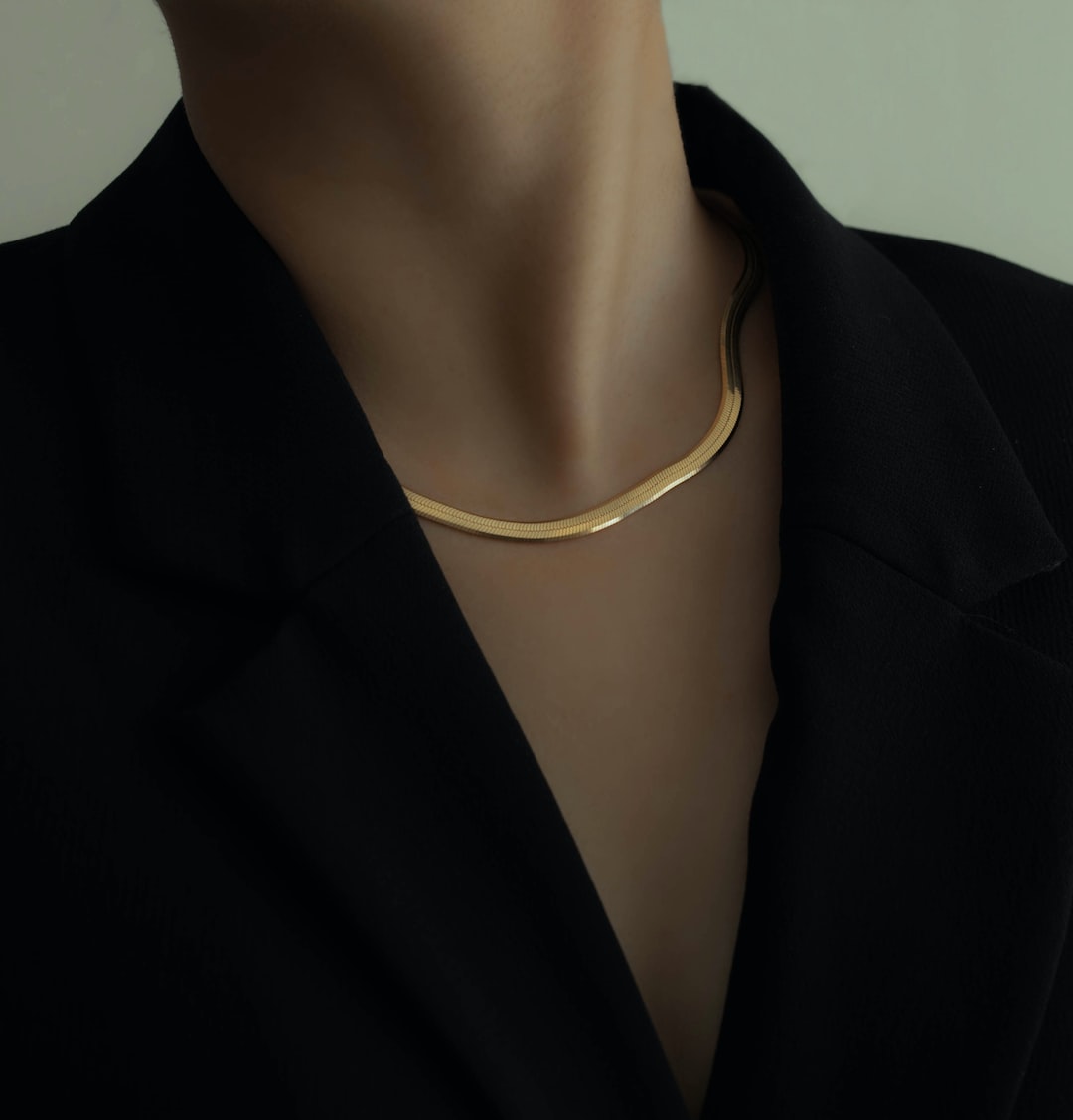Styling Basics: Understanding Color Theory and Coordination
When it comes to fashion and styling, one crucial element that can make or break an outfit is color. How we choose and coordinate colors can greatly impact our overall appearance and the message we want to convey through our outfits. Understanding color theory and its basics is essential for anyone who wants to elevate their personal style. In this blog post, we will explore the fundamentals of color theory and how to effectively coordinate colors in your outfits.
Color Wheel: The Building Block of Color Theory
At the heart of color theory lies the color wheel, a circular representation of colors. The primary colors – red, blue, and yellow – form the foundation on which all other colors are created. Secondary colors are formed by mixing two primary colors together: orange (red + yellow), green (blue + yellow), and purple (red + blue). Tertiary colors are created by mixing a primary color with a nearby secondary color.
Understanding the Color Wheel
The color wheel is divided into warm and cool colors. Warm colors, such as reds, oranges, and yellows, create a sense of energy, excitement, and warmth. On the other hand, cool colors, like blues, greens, and purples, evoke calmness, tranquility, and a sense of serenity. Complementary colors, found opposite each other on the color wheel, create a high contrast and tend to make each other pop. Analogous colors, found next to each other on the color wheel, create a harmonious and cohesive look.
Choosing the Right Color Palette
Now that we understand the basics of color theory, let’s dive into how to choose the right color palette for your outfits. Start by determining your skin tone. Are you warm-toned or cool-toned? Warm-toned individuals typically have golden or olive undertones, while cool-toned individuals have pink or blue undertones. Once you know your skin tone, select colors that complement it.
For warm-toned individuals, earthy colors like oranges, browns, and yellows are great choices. These hues will enhance your natural warmth and create a radiant look. Cool-toned individuals can opt for jewel tones like blues, greens, and purples. These colors will bring out the coolness in your complexion and add a touch of sophistication to your outfits.
Color Coordination: Creating Harmonious Outfits
Now that you have chosen a color palette that complements your skin tone, it’s time to learn how to coordinate those colors in an outfit. Here are a few guidelines to follow:
1. Monochromatic Coordination: Choose different shades and tones of the same color. This creates a sophisticated and elegant look. For example, pair a light blue blouse with dark blue trousers.
2. Complementary Coordination: Combine colors that are opposite each other on the color wheel. This creates a high contrast and visually striking outfit. For example, pair a yellow top with purple pants.
3. Analogous Coordination: Choose colors that are next to each other on the color wheel. This creates a harmonious and cohesive look. For example, pair a pink blouse with a purple skirt.
4. Neutralizing Coordination: Use neutral colors like black, white, gray, or beige to balance out bolder colors. This creates a polished and timeless outfit. For example, pair a red dress with a beige blazer.
5. Adding Accents: Incorporate pops of color through accessories or statement pieces. This adds interest to your outfit without overpowering the overall look. For example, add a bold red handbag to a black and white outfit.
Experiment and Have Fun!
Remember, fashion is all about self-expression and having fun. While color theory provides a foundation, don’t be afraid to experiment and break the rules. Play with different color combinations, mix patterns and textures, and trust your intuition. Personal style is unique to each individual, so embrace your creativity and let your personality shine through your outfits.
Conclusion
Understanding color theory and coordination is a valuable skill that can elevate your personal style. By learning the basics of the color wheel, choosing the right color palette for your skin tone, and coordinating colors effectively, you can create harmonious and visually appealing outfits. Remember, fashion is an art form, and colors are the paintbrushes that allow you to express yourself. So let your imagination run wild, experiment with colors, and discover the power of color in your styling journey.
